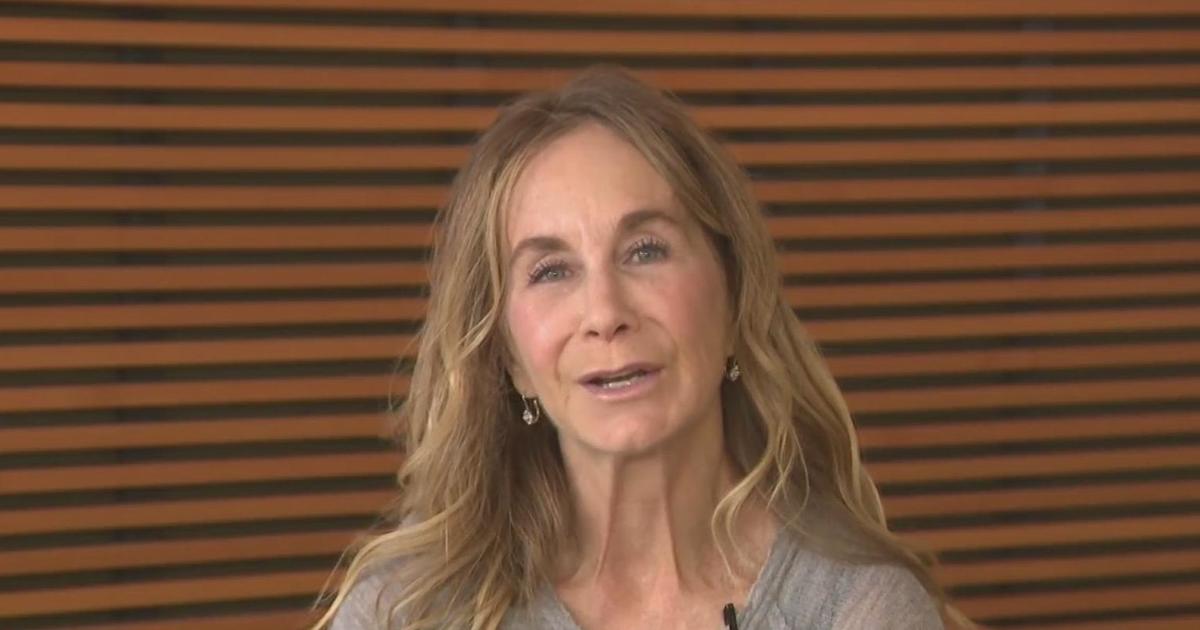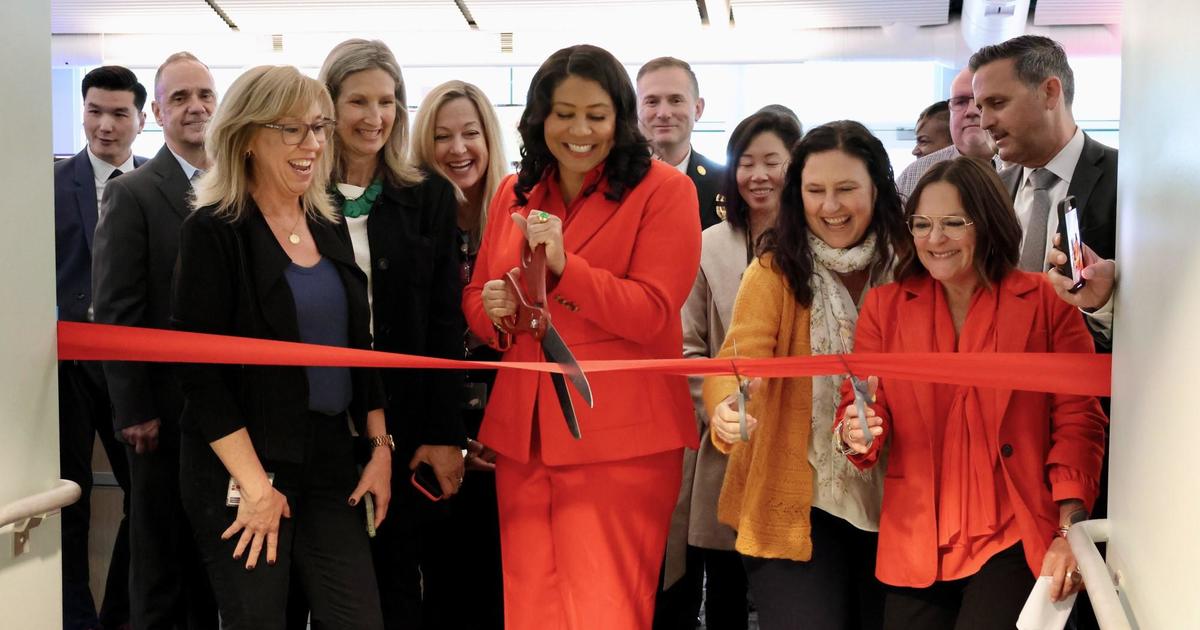Surgeons Test New Wearable Tech That Helps Measure Operating Skills
STANFORD (KPIX 5) -- From smart watches to fitness trackers, people use wearable technologies for many reasons: to improve their health, boost productivity or to simply stay in touch.
Now a Stanford scientist and her team are using the technology to help physicians boost the art of surgery. KPIX 5 got an exclusive look at their unusual experiment which recently unfolded at the Moscone Convention Center in San Francisco.
The convention center was the location for the annual meeting for the American College of Surgeons, where roughly 10,000 surgeons from around the world converged to learn the latest in surgical techniques and to share information.
Downstairs in the underground exhibit hall, hundreds of surgeons volunteered for the experiment. They lined up to test out some wearable technologies for the "Surgical Metrics Project."
Over the course of 3 days, 253 surgeons underwent a little "biohacking."
"This is a very original thinking." exclaimed Dr. Andre Campbell, a trauma surgeon at Zuckerberg San Francisco General Hospital.
"I'm curious. I wanted to see what it was all about," explained Dr.Lidia Castagneto, who works as a general surgeon in Rome, Italy.
The volunteer surgeons agreed to perform a common surgery. Ten surgical tables were set up in the hall.
But before they picked up their forceps, each doctor was outfitted with a bevy of wearable technologies: an EEG on their forehead, and numerous motion tracking capture sensors on their fingers. The wires to the sensors were attached to a control unit beneath each surgical table
"This is definitely not typical operating room attire," laughed general surgery resident Dr. Alicia Gaidry, who performs surgery at the Naval Medical Center in San Diego.
The devices will measure their surgical decision making as well as their surgical technique.
"The goal of this project is really to bring new and fresh data to what we do as surgeons on a daily basis," explained Dr. Carla Pugh.
Dr. Pugh is a Stanford trauma surgeon and educator. She is also the brains behind the new technology. Digital data is her domain.
At Stanford, she is part of the team at T.E.C.I., which stands for "Technology Enabled Clinical Improvement Center."
"It's the future. When you look around us, all of healthcare is becoming digital and surgeons need to be part of that conversation." said Dr. Pugh.
She is an international expert on the use of sensors and motion tracking technology. She wants to help surgeons by quantifying their experience.
"If you want to be the best that you can be, getting there is so much easier when you have data." noted Pugh.
The experiment begins by measuring a surgeon's brain activity. Technicians attach a wearable electroencephalogram or EEG to the forehead.
The doctor then takes a cognitive test.
"We had to do a test of our attention and memory," explained general surgeon Dr. Andrew Wright from the University of Seattle, Washington.
The EEG is like a Band-Aid and is specially made by technology company Neurosteer.
"It's role is to get a baseline of the cognitive abilities of the people and we want to compare that to their performance during the operation." said Neurosteer's co-founder, Dr. Nathan Intrator.
The surgeons told KPIX 5 the wearables at first felt a little odd, but they soon forgot about them.
"Once you get into it, you kind of relax and forget that you've got wires on your fingers," said general surgeon Dr. Sarah Renne from New Zealand.
In this experiement, the patient was actually a small piece of a pig's intestine punctured with tiny holes. The surgeons were tasked with finding and then repairing these tears in the space of 20 minutes.
Two small video cameras record the action as the surgeons work. The sensors capture the surgeon's hands moving in 3-D. The EEG sends the doctors brainwaves to the cloud.
The surgeons also wore a microphone and all sound at the surgical table was recorded. Then all the data is synced up.
When the allotted 20 minutes were up, a photo is taken and water pumped through the fixed intestine to see if there were any leaks. All of the surgeons participating passed with flying colors.
KPIX 5 asked those who volunteered what they thought of the tech. All gave a positive reaction.
"It's very useful in training." said Dr. Castagneto.
"I think it's really important to look at what surgeons do and how they do it." noted Dr. Renne.
"There are surgeons who are better than others but we really have no way of checking that," remarked Dr. Wright.
"How do you match up so that you can then improve your skills to get to the level of the expert?" mused Dr, Campbell.
"Or to have a way at least for residents in training positions to test their skills?" added surgical resident Dr. Angela Nieh of UCSF Fresno.
"It's important to have as we age; that there is some true kind of data measurement." said general surgeon Dr. Glenn Levine from Coquille, Oregon.
Dr. Pugh said the data will enhance what surgeons do by bringing science-based evidence into the discussion. She hopes that the project will become part of everyday life and practicing medicine.
She doesn't want the data to be used to judge doctors. She stressed the goal was to give surgeons the opportunity to understand the technology is available and that it may identify the best techniques and help surgeons to share tips, tricks and their techniques with others.
The Surgical Metrics Project will collect more data next year at the surgeons' convention in Chicago.
LINKS:
American College of Surgeons - https://www.facs.org/
Moscone Convention Center - https://mosconeconventioncenter.com/
T.E.C.I. - http://med.stanford.edu/tecicenter.html
Neurosteer - https://www.facebook.com/Neurosteer/



